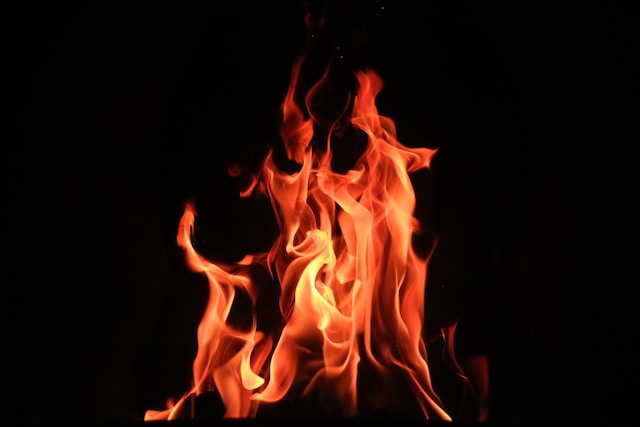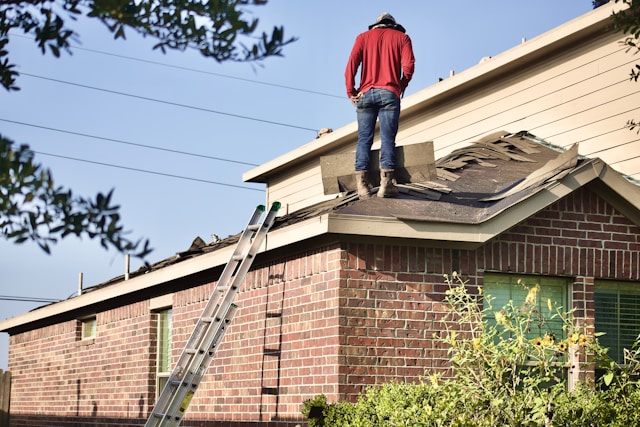Understanding Fire Flow Testing – What You Need to Know
During a fire flow test, field personnel gather essential information to plug into two sequential formulas. The results provide water data that can be used for planning and marking hydrants and sprinkler system design.
Slowly open a test hydrant while recording static pressure and residual pressure readings. This data can then be plugged into the following formulas to predict available fire flows at desired residual pressures (typically 20 psi).
Residual Pressure
The pressure remains in a fire hydrant when the hose is shut off. Residual pressure can be dangerous for firefighters and damage equipment if it is too high. The resulting resistance as water moves along the inside wall of a hose, mains, pipe, or hose fittings. Friction loss is influenced by the diameter of the hose, hose length, and the inside jacket material. During fire flow testing, the gauge cap measures static and residual pressures, while the pitot gauge measures the flow pressure from the hydrant outlet. The combined readings are used to calculate the available fire flow. In low-pressure areas, NFPA allows calculations to be based on one-half of the static pressure, which makes it easier to calculate flows. For example, a hydrant with 30 psi static pressure can be tested to flow 740 gpm at the basis residual of 20 psi. This is called the First Digit Method. Many fire sprinkler design engineers prefer this method because it requires less time and is more accurate than the Percentage Method.
Static Pressure
Static pressure is the pressure at a point in the water system where no flow occurs. This is the same pressure you will find at a closed duct wall – think of a home with no fan blowing in upstairs rooms. Static pressure can also be found when using a pitot gauge. The gauge is inserted into a port or nozzle butt and is not removing any water from the hydrant. Once all the readings are taken, add the total static pressure reading to get your test result. This information is used for various purposes, including calculating fire flows based on residual pressures, determining available pressures for sprinkler design, and testing the mechanical functionality of the flow hydrant. This water data is an accurate snapshot of the pressures and flow rates at a particular date and time. Ultimately, it helps ensure the hydrant can supply enough water in an emergency.
Flow Rates
When firefighters arrive on the scene of a fire, they need to know how much water is available to extinguish the fire. This information is essential to everyone on the ground, from the firefighter in the jump seat spraying a handline into the blaze to the company officer making tactical decisions about where and when to attack the fire. To perform a fire flow test, the pressure and flow rates of two fire hydrants are measured. The first hydrant is known as the “flowing” hydrant, and the second is known as the “residual” hydrant. The test results provide actual pressure and flow data at specific fire hydrants within the District’s distribution system for use in fire-protection sprinkler design, mainline design, and sizing of domestic/fire service lines. The spreadsheet user enters the location, pitot pressure, static pressure, and the size of the opening flowing (generally 2.5”). The spreadsheet calculates the total gallons flowing during the flow test and the available fire flow at 20 psi residual pressure. The spreadsheet also lets the user save test results for future reference.
Calculations
Firefighting requires a bit of math occasionally, and hydrant flow testing is no exception. During a fire flow test, you must measure the static residual and pitot pressure(s) of one or more hydrants with and without flowing water. You also need to calculate the size of each opening and the number of openings flowing during the test. Fire hydrant flow tests verify that the water distribution system works properly from the water source to the fire hydrants that firefighters depend on during an emergency. While the 2022 edition of NFPA 291 suggests that hydrant flow tests be conducted during peak demand, engineering judgment is always required to determine the best timing for your specific system.



